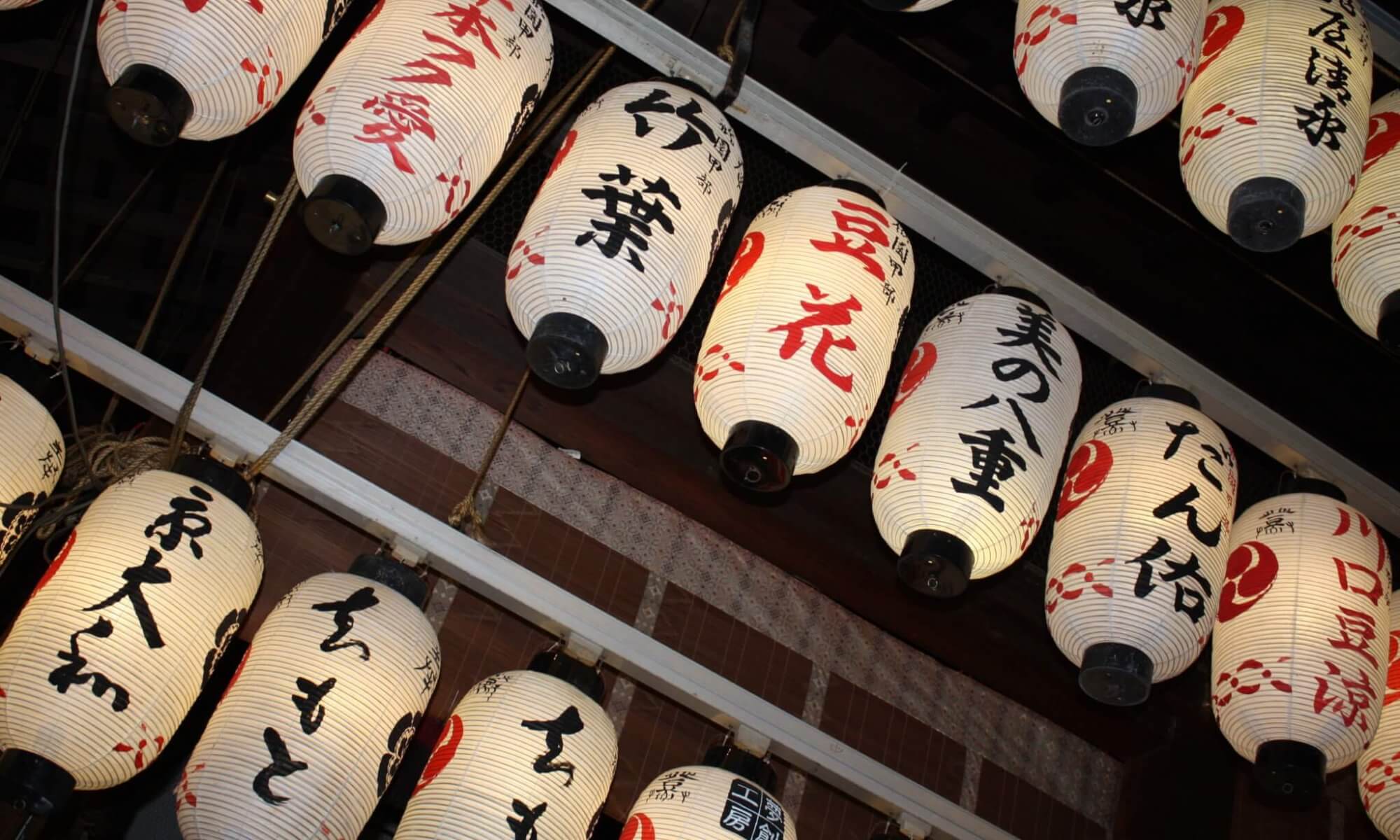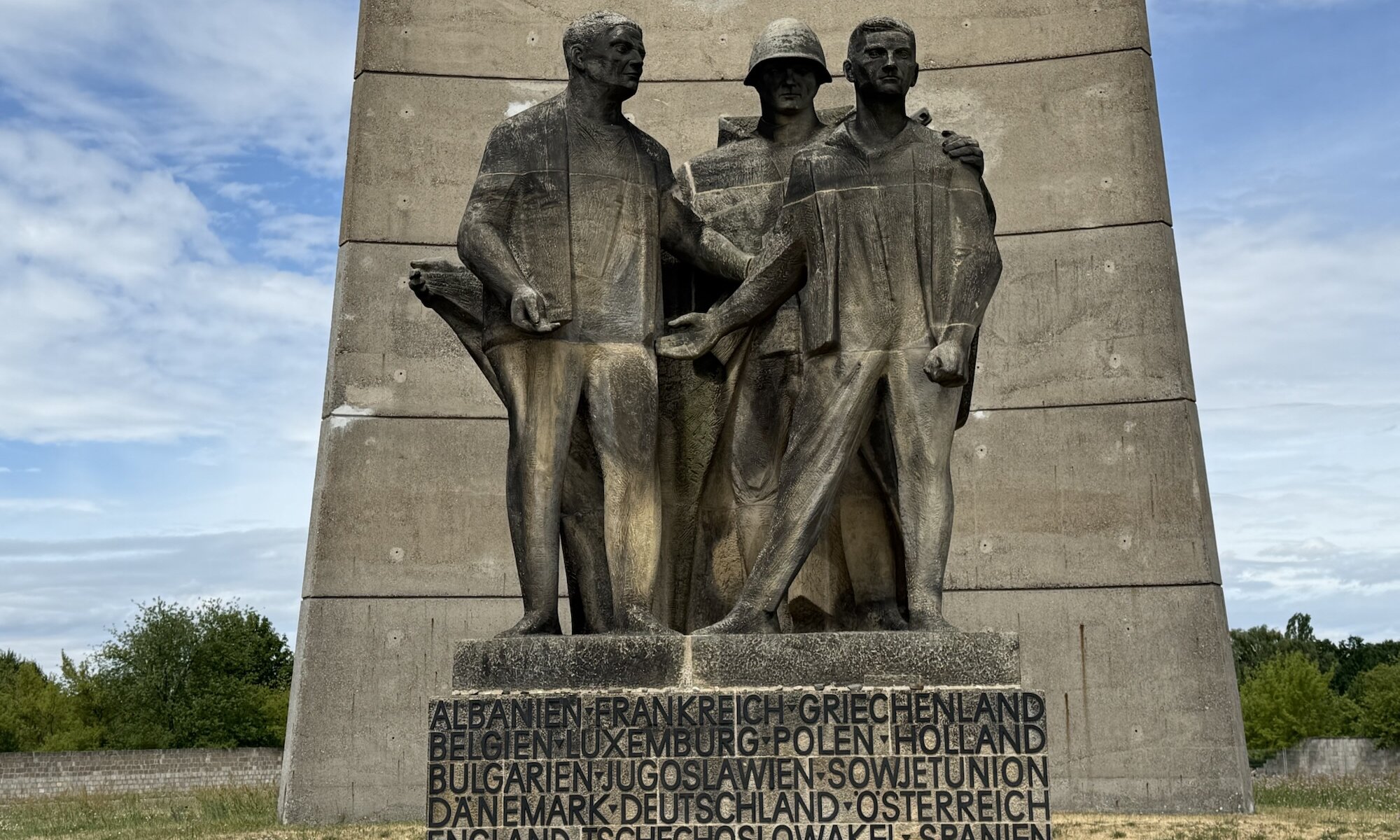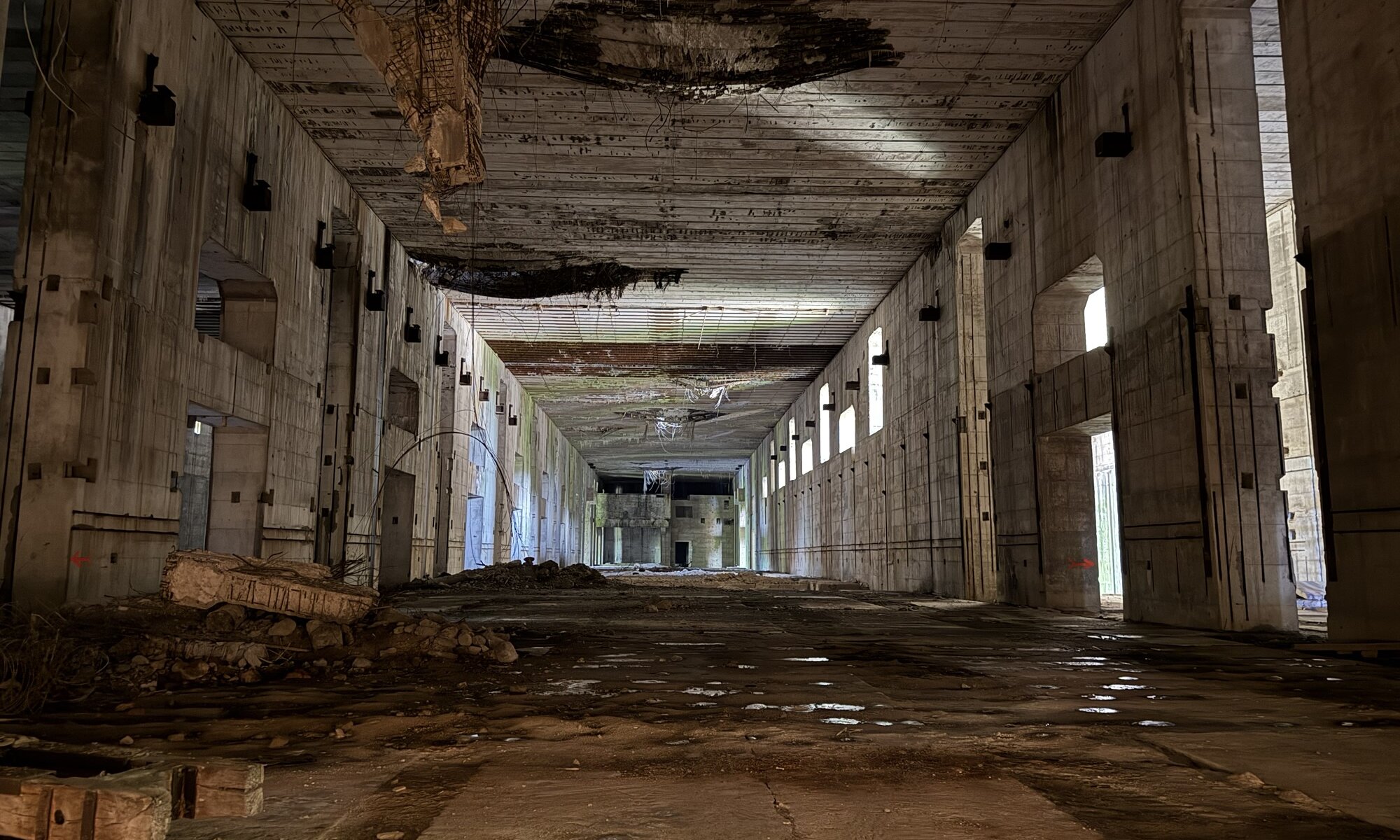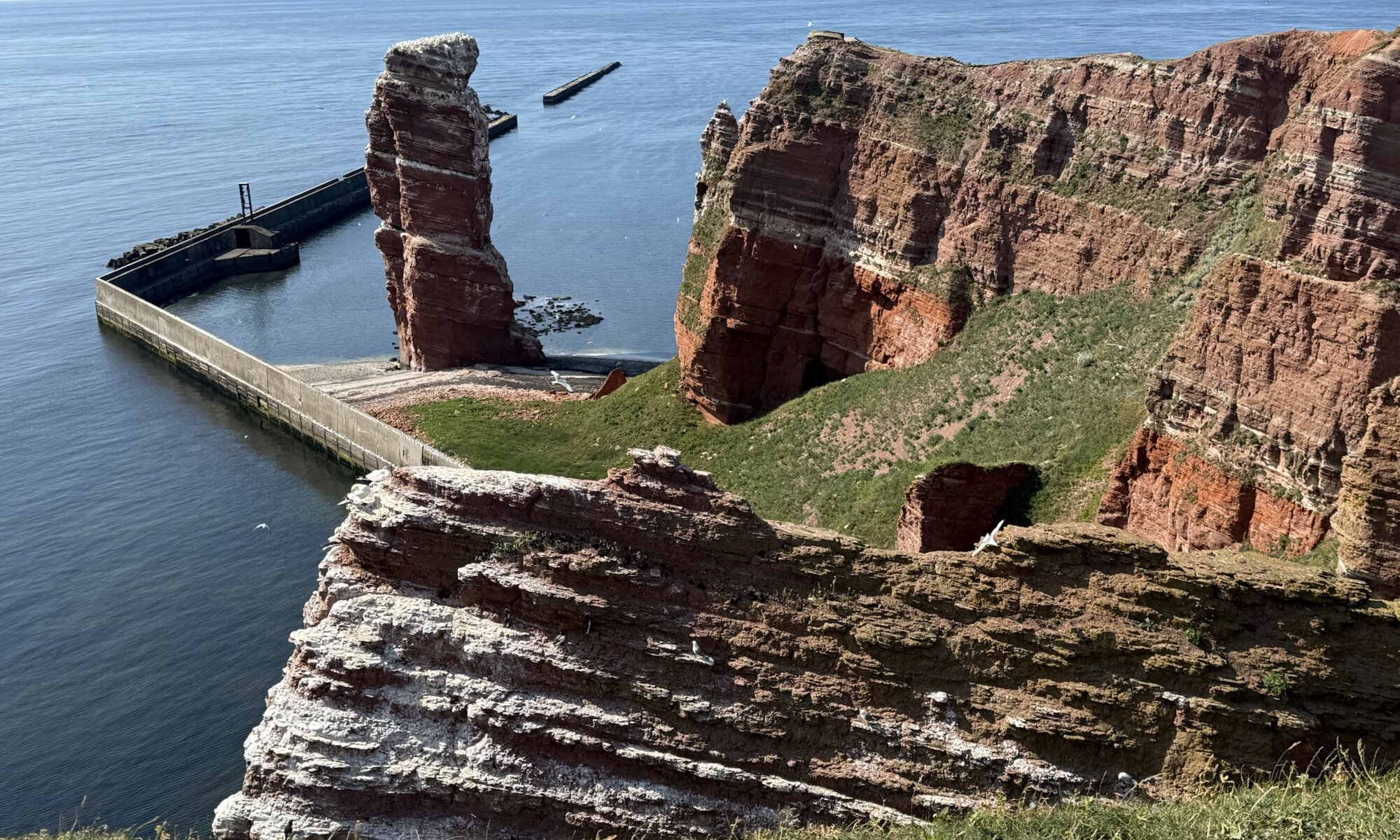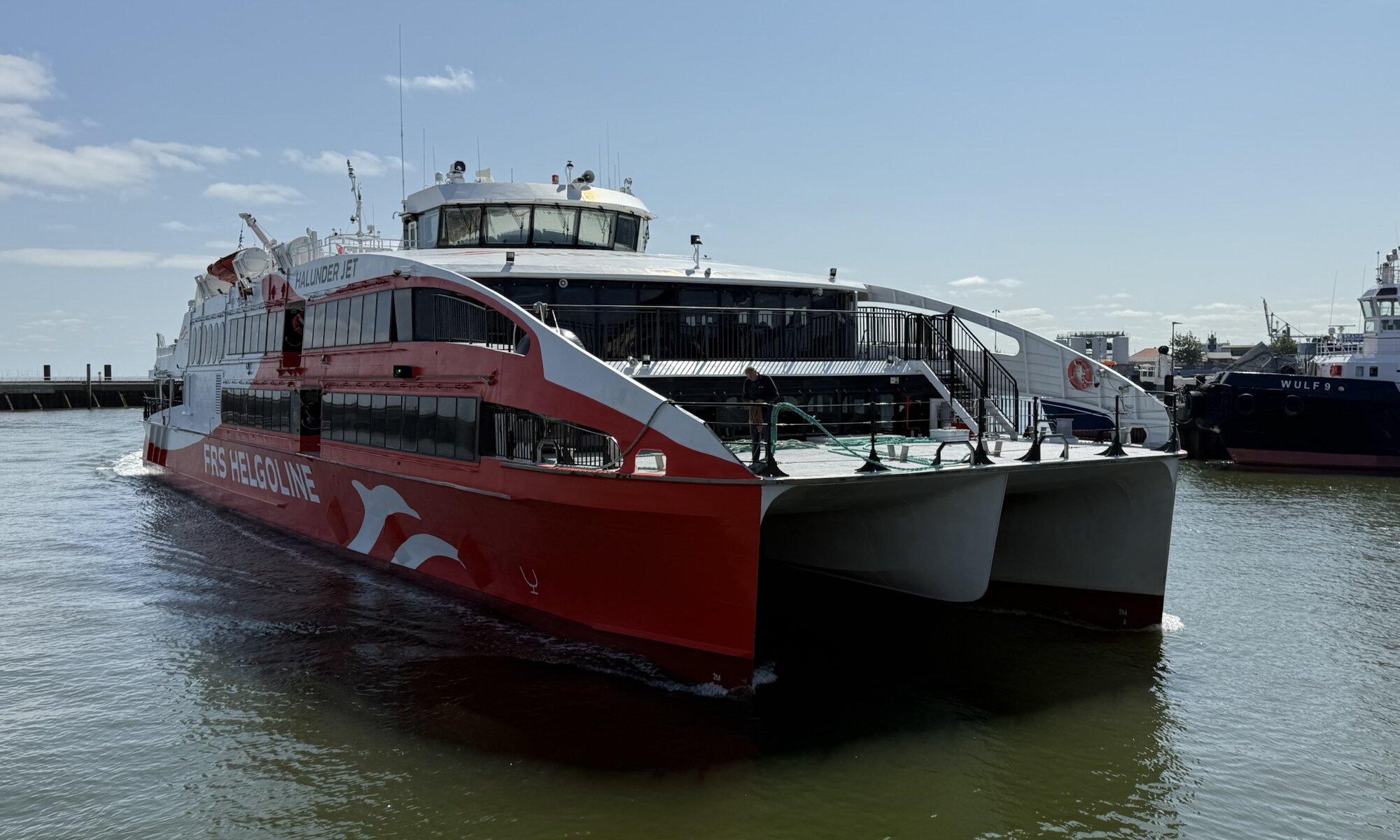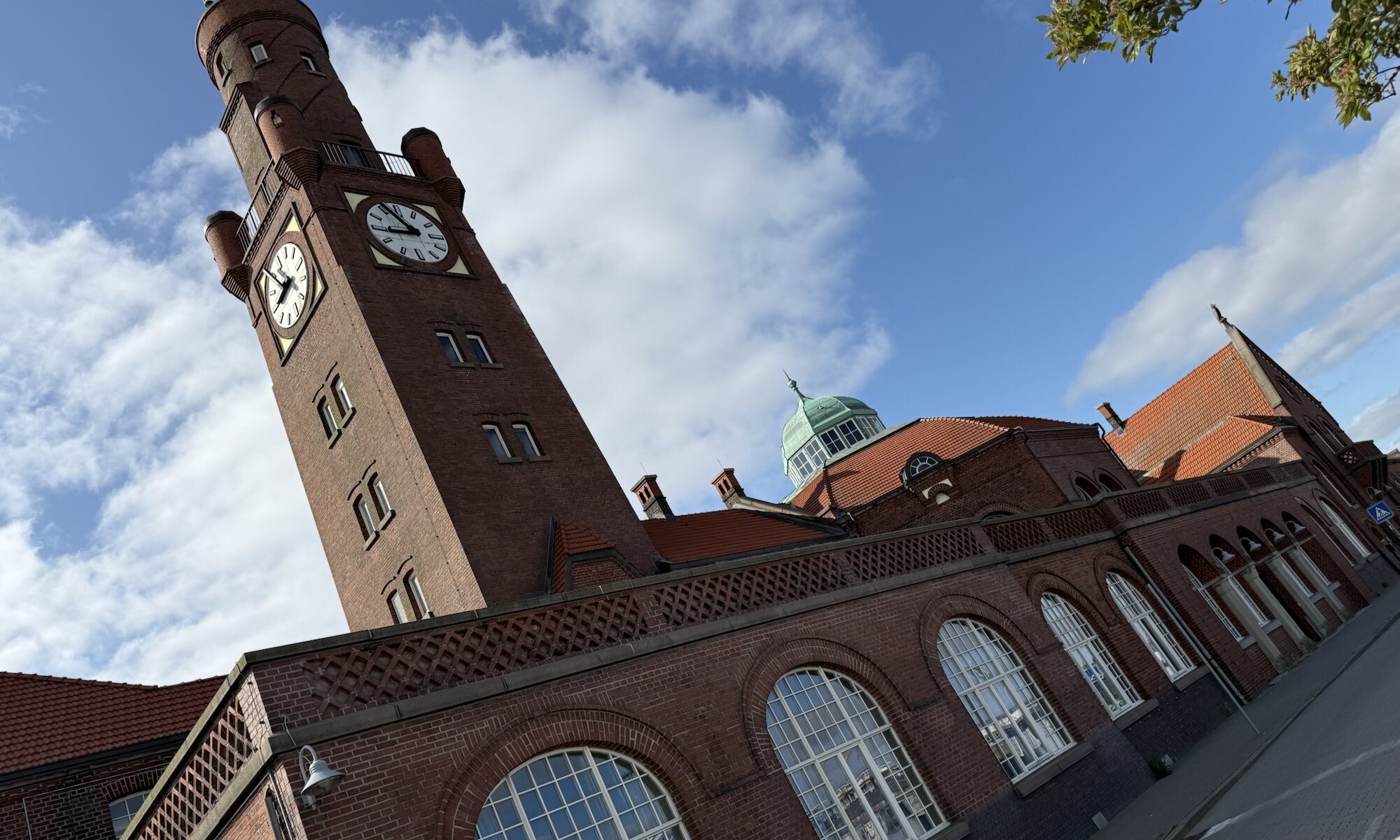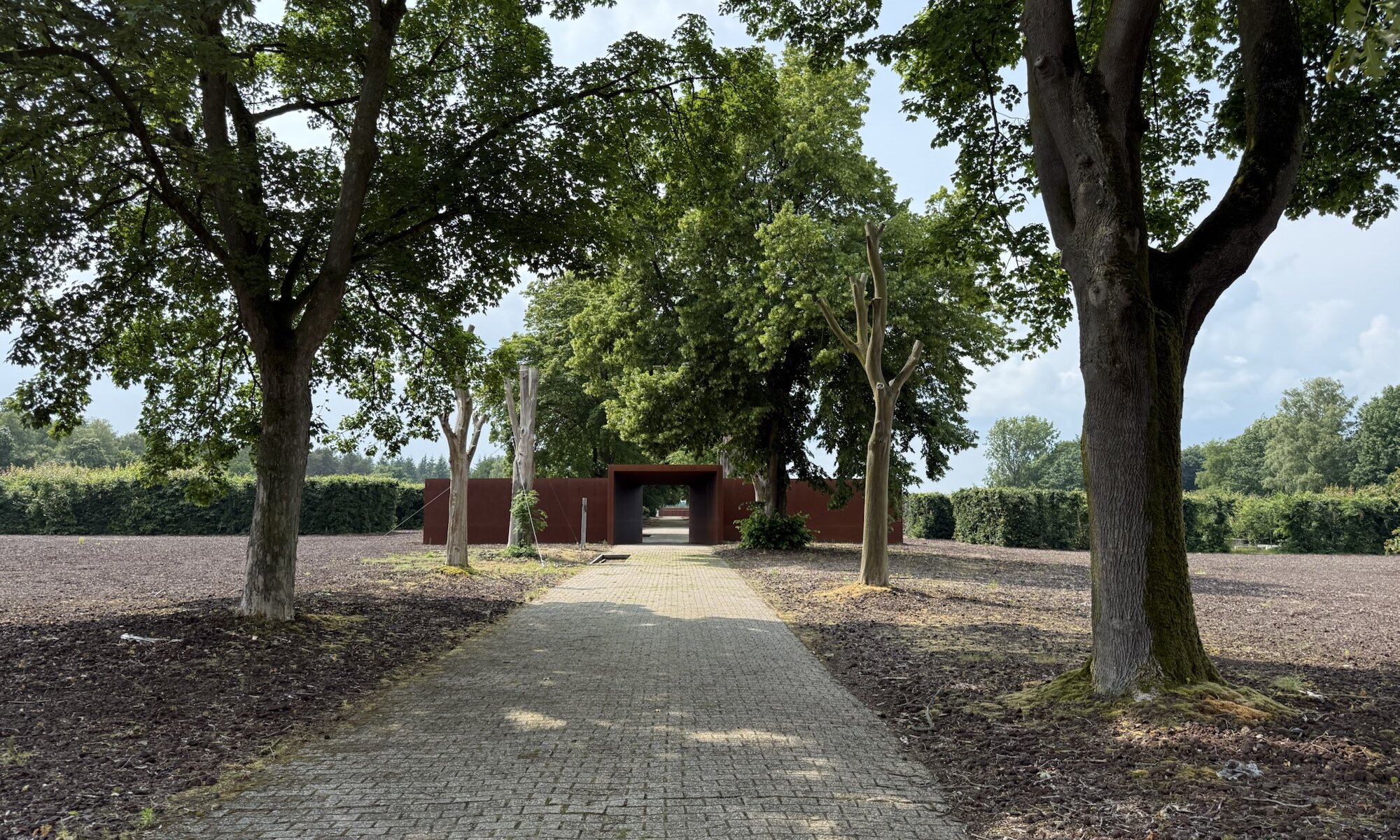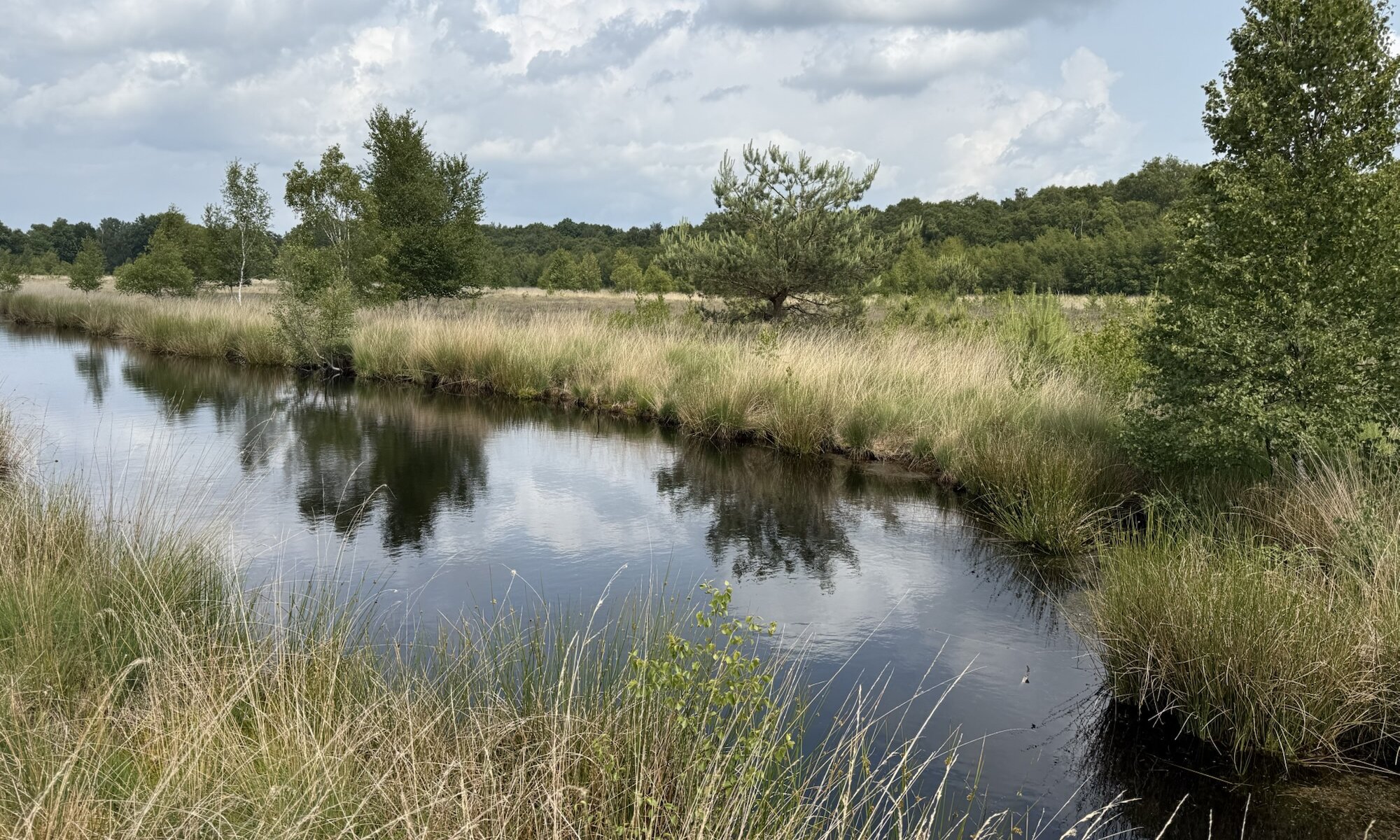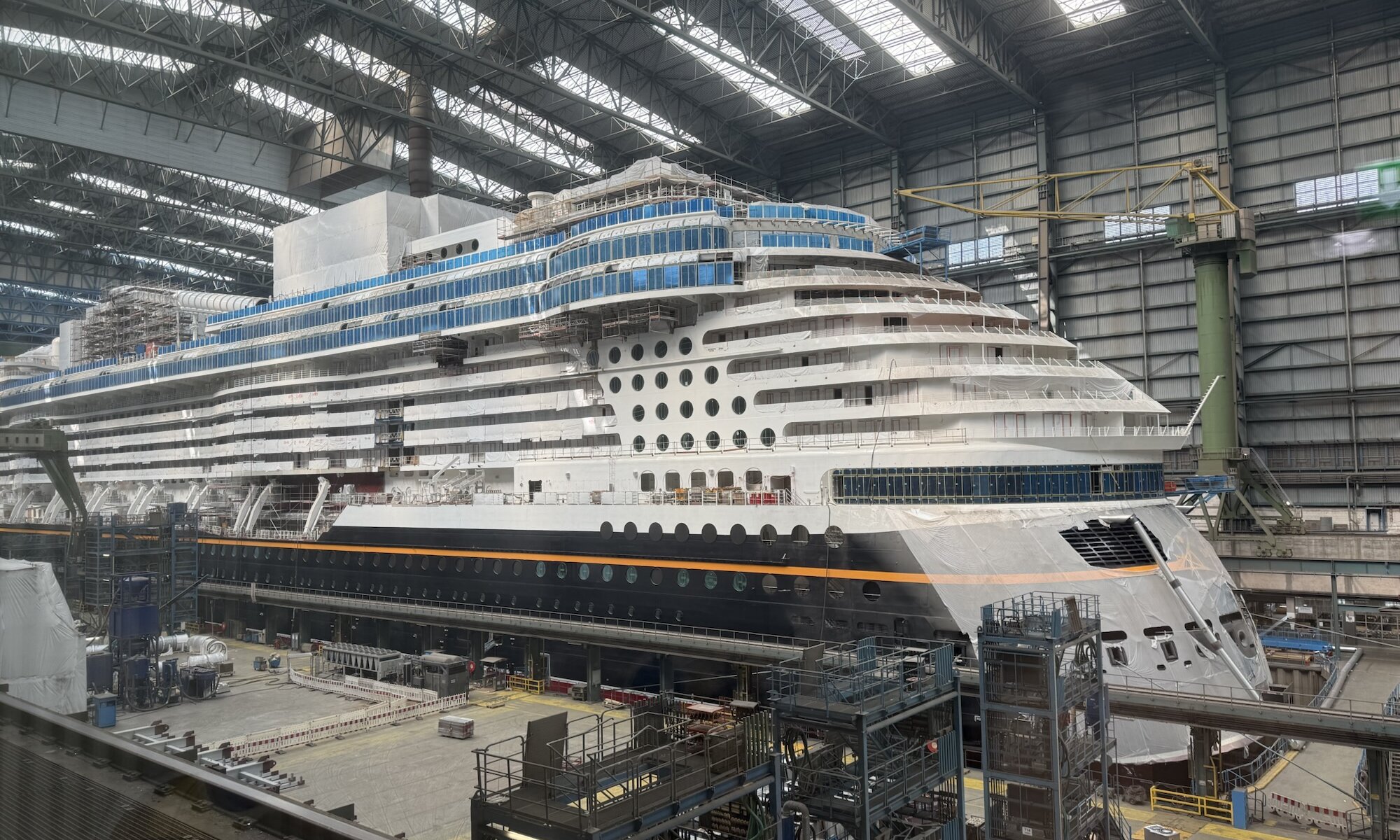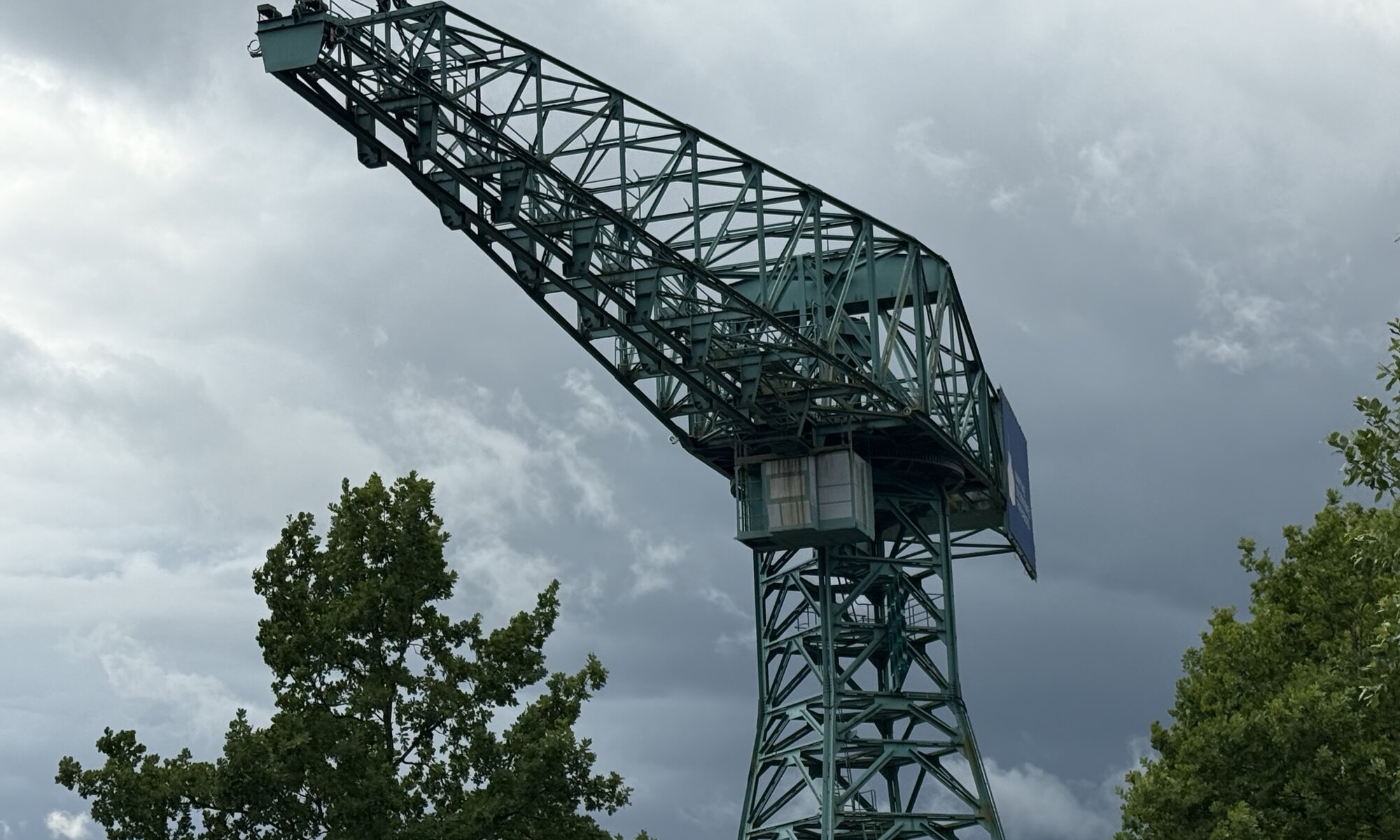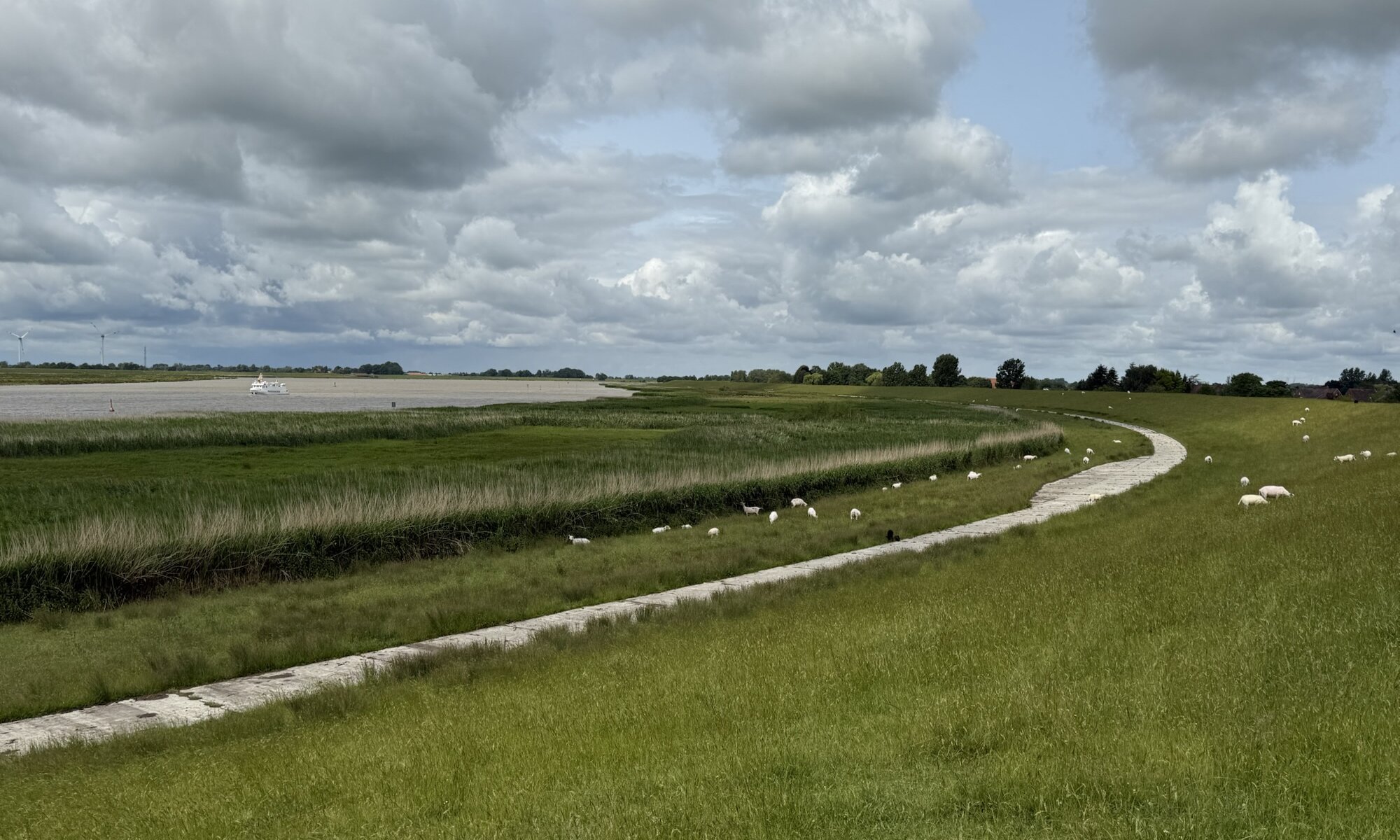Visiting the Konzentrationslager Sachsenhausen in Oranienburg, just north of Berlin, is a sobering and deeply educational experience. Established in 1936 by the SS, Sachsenhausen was intended as a model camp, both in its design and its function. Initially, it held political prisoners, but over time, its population expanded to include Jews, Roma, Sinti, homosexuals, Jehovah’s Witnesses, and Soviet prisoners of war. The camp became notorious for its harsh conditions, forced labor, medical experiments, and systematic executions. After the end of the Nazi regime, the site was repurposed by the Soviets as a special camp for political prisoners and former Nazis, where thousands more perished.
Continue reading “Sachsenhausen”Bunker Valentin
Located near Farge on the banks of the river Weser just outside Bremen, Bunker Valentin is one of the largest above-ground bunkers in Europe and a haunting reminder of the final phase of World War II. Construction began in 1943, as the Nazi regime sought to protect its crucial submarine production from relentless Allied bombing. The plan was to assemble the advanced Type XXI submarines here, using innovative assembly-line techniques inside a massive, bomb-proof structure. The parts would have been preproduced in Hamburg and Danzig; the idea was to release a new U-Boot every 56 hours. The bunker stretches an astonishing 426 meters in length and 97 meters in width, with walls and a roof several meters thick – designed to withstand even the heaviest aerial attacks.
Continue reading “Bunker Valentin”Germany’s only high-sea island
Helgoland, Germany’s only high-sea island, has a rich and turbulent history shaped by its strategic location in the North Sea. Originally inhabited since prehistoric times, the island belonged to Denmark for centuries before passing to the United Kingdom in 1807 and finally to Germany in 1890 through the Heligoland-Zanzibar Treaty. Since 1932, Helgoland has been part of the Landkreis Pinneberg in Schleswig-Holstein, a unique administrative arrangement that ensures efficient governance despite its distance from the mainland. Pinneberg was selected as it is close to Hamburg, which has the best connection to the island.
Continue reading “Germany’s only high-sea island”Halunder
The Halunder Jet is the most efficient and enjoyable way to reach Helgoland. This high-speed catamaran is designed for comfort and speed, whisking you from Cuxhaven to Germany’s only true high-sea island in a bit more than an hour. If you prefer a longer ride you can also already start your trip at the harbor of Hamburg, giving you a nice tour on the Elbe river. The Halunder Jet is modern and has panoramic windows as well as spacious decks, and great amenities. The timetable gives you the option to either explore Helgoland in four hours (which is possible with good preparation) and return the same day – or to stay overnight and skip one boat.
Continue reading “Halunder”Hapag
Stepping into the world of Hapag is like opening a chapter of German maritime history that shaped global shipping for more than a century. Founded in the bustling port city of Hamburg in 1847, the Hamburg-Amerikanische Packetfahrt-Aktien-Gesellschaft – better known as Hapag – quickly became synonymous with reliable transatlantic travel and trade. In its early days, Hapag connected Europe and North America, carrying both hopeful emigrants and valuable cargo across the ocean. Over the decades, it grew into one of the world’s most prestigious shipping lines, pioneering new routes and building some of the largest and most luxurious ocean liners of its time.
Continue reading “Hapag”Emslandlager
The Emslandlager were a network of 15 camps established by the Nazi regime in the Emsland and Bentheim regions of northwestern Germany. These camps, including the notable Esterwegen camp, were constructed from 1933 and served various functions over time: they started as concentration camps for political prisoners, then became punitive and prisoner-of-war camps, and later housed a mix of convicts, forced laborers, and military prisoners. The camps were notorious for their harsh conditions and forced labor, particularly the draining and cultivation of the surrounding moorlands, which became a symbol of the inmates’ suffering and resilience.
Continue reading “Emslandlager”Die Moorsoldaten
The Zirkus Konzentrazani stands out as a remarkable episode in the early history of Nazi concentration camps, particularly at KZ Börgermoor in the Emsland region. Conceived by the actor and prisoner Wolfgang Langhoff, this ‘concentration camp circus‘ was a bold act of cultural resistance. Prisoners organized a satirical variety show, complete with mock circus acts, humor, music, and dance, cleverly using double meanings to subtly mock their captors and the Nazi regime. The event provided a rare moment of relief and solidarity among the inmates, allowing them to reclaim a sense of humanity and dignity in the face of brutal oppression.
Continue reading “Die Moorsoldaten”Meyer-Werft
The MEYER WERFT in Papenburg is a shipyard with a remarkable legacy, having been founded in 1795 by Willm Rolf Meyer. Initially, the company focused on building small wooden sailing vessels, which was typical for the region at the time. Over the centuries, the shipyard demonstrated a pioneering spirit, especially in the late 19th century when it became the first in the area to switch from wooden ships to iron-hulled steamers – a move that secured its survival while many other local shipyards closed down.
Continue reading “Meyer-Werft”Learning journey
Nestled in the heart of Papenburg, the Maritime Erlebniswelt offers an immersive journey through the city’s unique transformation from a moorland settlement to a renowned center of shipbuilding. The museum is located on the historic grounds of the old Meyer-Werft, and its three floors vividly narrate Papenburg’s evolution, highlighting its origins as Germany’s oldest and longest fen colony and its development into a major industrial hub. Visitors are introduced to the city’s rich maritime heritage, with engaging exhibits that bring to life the challenges and achievements of generations who shaped Papenburg’s identity.
Continue reading “Learning journey”Tor Ostfrieslands
Leer, often called the ‘Gateway to East Frisia‘, is a charming town in northwestern Lower Saxony, Germany, nestled between the rivers Leda and Ems and just a short distance from the Dutch border. Its strategic location has made it a crossroads of cultures and commerce for centuries, and today it stands as a vibrant blend of history and modern life, with about 35,000 inhabitants. The town’s origins trace back over 1,200 years, with archaeological evidence of settlements as early as 3200 BC, and its first chapel built by Saint Ludger in 791 AD marked the beginning of Christian influence in the region.
Continue reading “Tor Ostfrieslands”